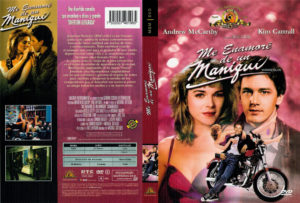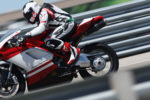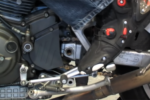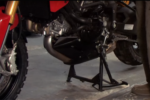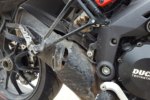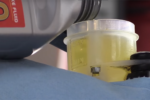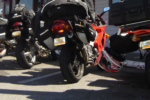When I was fortunate enough to cajole my father into taking me out on a ride, and even into those first few years of riding my own, seeing another motorcycle out on the road was a rare occurrence. I remember picking them out, sometimes as just a distant point of light and trying my hardest to identify the make and model before they whizzed past. Of course, friendly waves were always exchanged and since full-face helmets were not very common – hell, helmets were not that common – the wave was almost always accompanied with a warm smile. In the event that something went wrong, you could be assured that the first motorcycle to come by would stop to offer any kind of assistance they could.
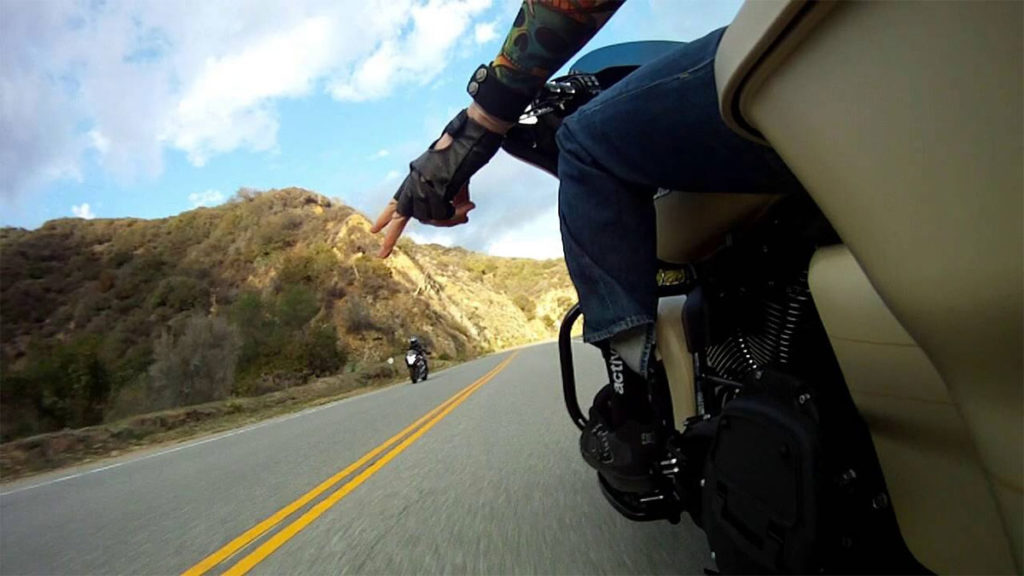
But then, right around the late ’80s, things started to change. For whatever reason; reasons I won’t even pretend to know, Harley-Davidson became wildly popular. Suddenly everybody wanted a “Harley”. Every celebrity seemed to have one and the bar-and-shield brand was showing up in most movies. Arnold Schwarzenegger rescued John Connor while astride a black Fat Boy, Cher and Eric Stoltz were warmly accepted by SuperGlide riding, biker gang member Sam Elliott. Even Andrew McCarthy rescued Kim Cattrall from a department store with the help of his trustworthy Sportster. Suddenly, everyone wanted to be a biker and as a result, Harleys were everywhere.
Soon, it was more than just Harley-Davidson. The Asian manufacturers were no dummies and began to flood the American showrooms with bikes ominously named Intruder, Shadow and Nomad. This meant that just about everyone could now afford the biker lifestyle and chrome laden, open-pipe motorcycles began roaming the land like thundering herds of buffalo.
Within ten years I went from rarely seeing another motorcycle to seeing them in droves and around every corner. I was so excited and so happy for the new found, two-wheeled camaraderie. Sadly, because there were so many bikes on the road, if you ran into a problem, it was rare that a fellow rider would stop to offer assistance.
Plus, depending on the route or the time of the week, you’d spend more time with your left hand extended in a wave than covering the clutch. Despite economic downturns and a slow tempering of moto-popularity, this can still be the case. With so many motorcycles on the road today (which really is a good thing) I have personally, and honestly, grown a little frustrated with waving.
So here’s the thing, we need to modify the etiquette of the motorcycle wave. What follows are my suggestions based on the scenarios I’ve encountered on multiple occasions.
The Thundering Buffalo Herd
Riding Lolo Pass in Idaho, 70 miles of winding road, we came across a very large group of motorcycles who were going the other way. Every single rider, at least 100 riders, waved. They each waved once, but we were expected to wave back 100 times. This happens on winding roads, empty roads and sometimes even in urban settings.
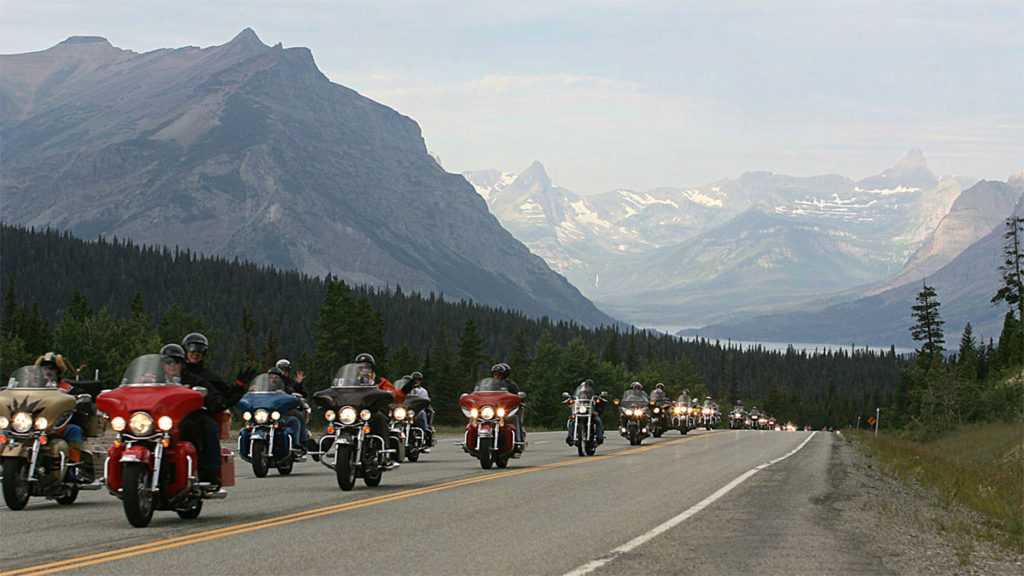
Mind you, we have no objections to large groups of bikes heading out for a ride. (as long as you are not holding up traffic but that’s another article). It’s unreasonable to expect the lone rider heading the other way to wave at each and every rider. We propose that it is the lead riders responsibility to wave. All other rider in the group should keep their hands on the handlebars.
Additionally, if you are within 100 miles of a major motorcycle event, such as Sturgis or Laguna Seca, all waving should be abandoned.
I’m Clearly Preoccupied
Ever get an itch on your nose while riding? What do you do? Well, we usually just open the visor and scratch. This is the scenario. The visor is cracked open, the left hand is inside the helmet. A fellow riding coming the other way waves. Unable to reciprocate the gesture, a birdie finger is displayed in response to our inability to wave.
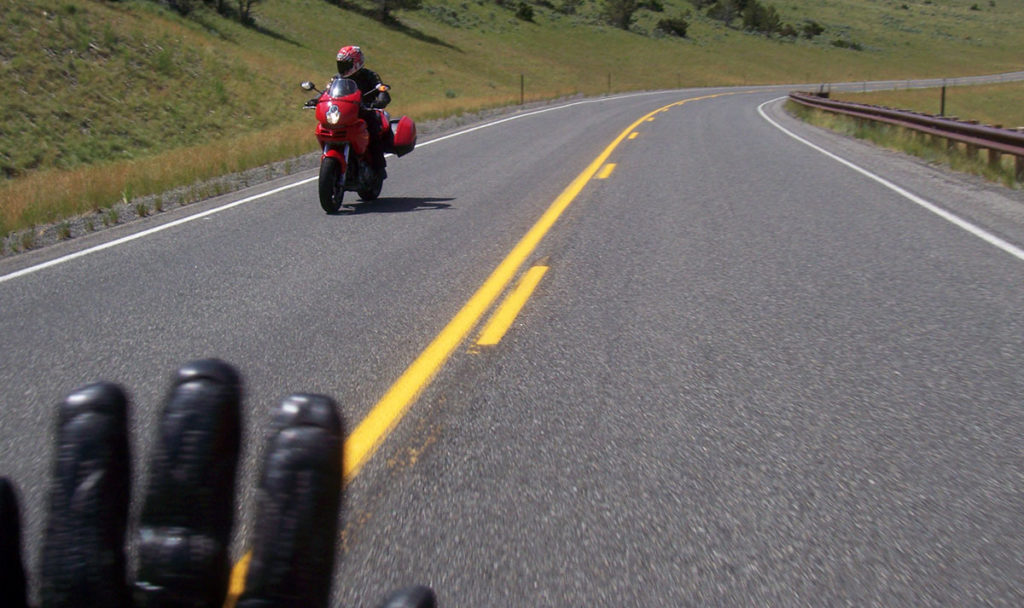
If the rider of the other motorcycle is looking the other way, looking down, rubbing their nose or otherwise preoccupied, do not wave.
Or, we’re braking and down-shifting for a tight corner, a couple of bikes coming out of the corner wave as we’re entering. Our hands are full as we operate the clutch, shifter and brakes. The bikes coming out of the same corner wave as they exit. We receive an irritated gesture from the last motorcycle, we can only assume this is due to our refusal to return the wave.
Waving should be avoided on technical and twisty roads. In this scenario, the priority needs to be on the operation and control of the motorcycle. Do not be offended if your wave is not returned in these conditions. In fact, you probably shouldn’t be waving either.
The New Rider
A brand new rider, clearly a brand new rider, wobbling their way through what very well may be their very first canyon. Upon seeing us, you can almost see the stress on their face as they hurriedly remove their hand from the handlebar in a snap wave and pull their hand back into place.
We have all been new riders, and as such we all understand the fear and anxiety of learning this new skill. If you are a new rider, waving is always optional and never required.
Over Your Head
And my personal favorite wave story; the fellow rider enters a corner way too fast, in over their head and drifts into my lane. I go to the brakes hard and dive towards the white line. Seemingly unaffected, the bike on the edge of out-of-control, offers a wave. This has happened far many more times than you might think.
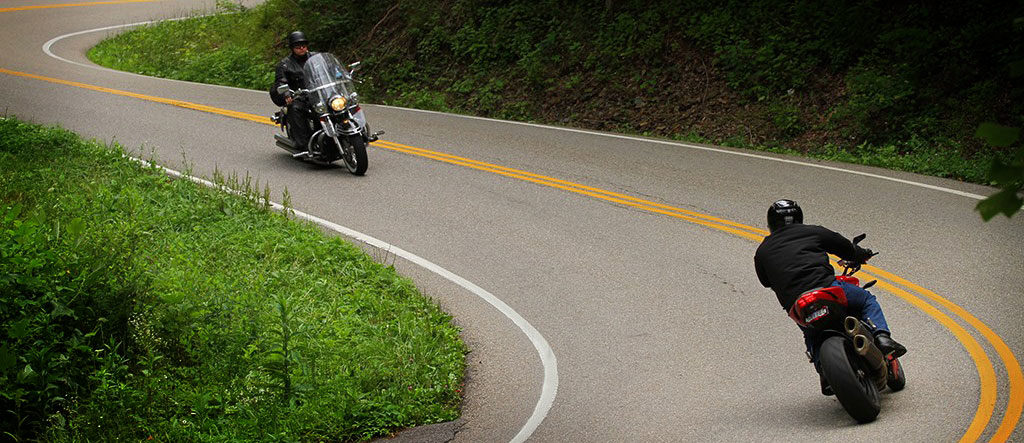
If you are unable to keep your motorcycle inside the limits of your lane, the last thing you need to be worried about is waving. Slow the hell down, get your eyes up and stay on the road. When you invade our lane and cause us to evade you, you have violated the motorcycling brotherhood. If this happens, we don’t even care if we get an apologetic wave. Just go.
When to Wave
If it were up to us, we would change the condition of waving to these three simple occasions. It’s one thing to wave when nothing else is going on like when it’s a long, straight, boring road, but we think waving needs to be reserved for special occasions.
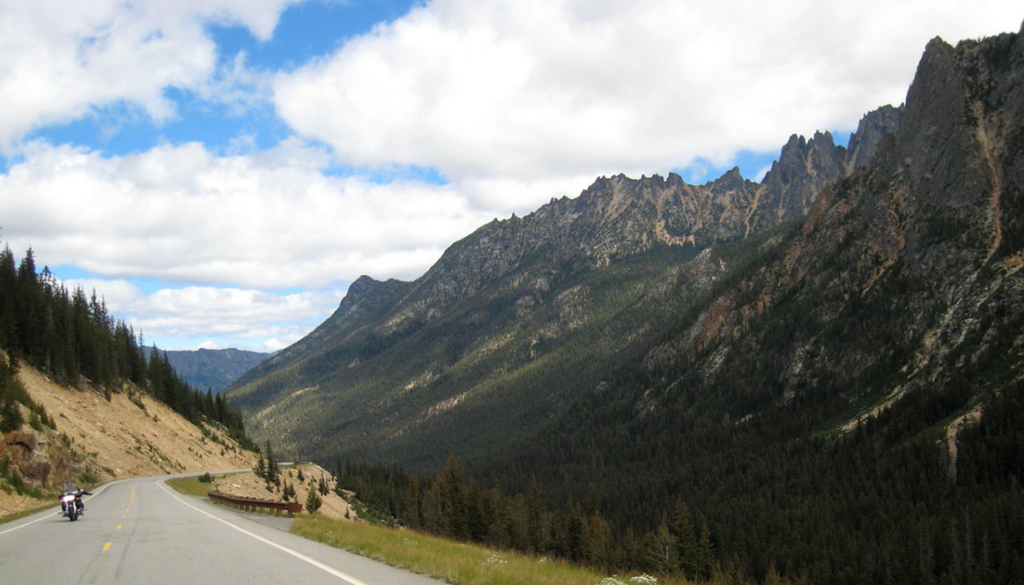
Wave when you see your motorcycle. This is a little harder for HD riders as the American brand is certainly the most common. But if you ride any of the smaller, alternative bikes, seeing someone else who made the same bike choice as you is neat. Great minds think alike, now is a good time to wave.
Wave when its exceptionally miserable. Its raining so hard toads are floating, it’s brutally cold or swelteringly hot. Now is when we should wave. We wave because only we understand the misery and accomplishment of surviving harsh weather conditions.
Wave when its exceptionally epic. The sun is low in the horizon, casting a glow of perfect light across alpine vistas, mirror-like lakes with the clear, crisp aroma of lush vegetation… Celebrate in the sharing of something only us fellow riders understand. When the moment is the quintessential reason why we ride: Now is when we should wave.
Despite what many say, waving is not an expression of your love of all things two-wheeled. Waving is the sharing and understanding of what only fellow riders understand; suffering, excitement, beauty, serenity, and joy of two wheels. If we try to wave at every moving thing with two wheels, the wave becomes diluted and a dreaded chore. Save the wave for when it is most appropriate and give the wave meaning again.
